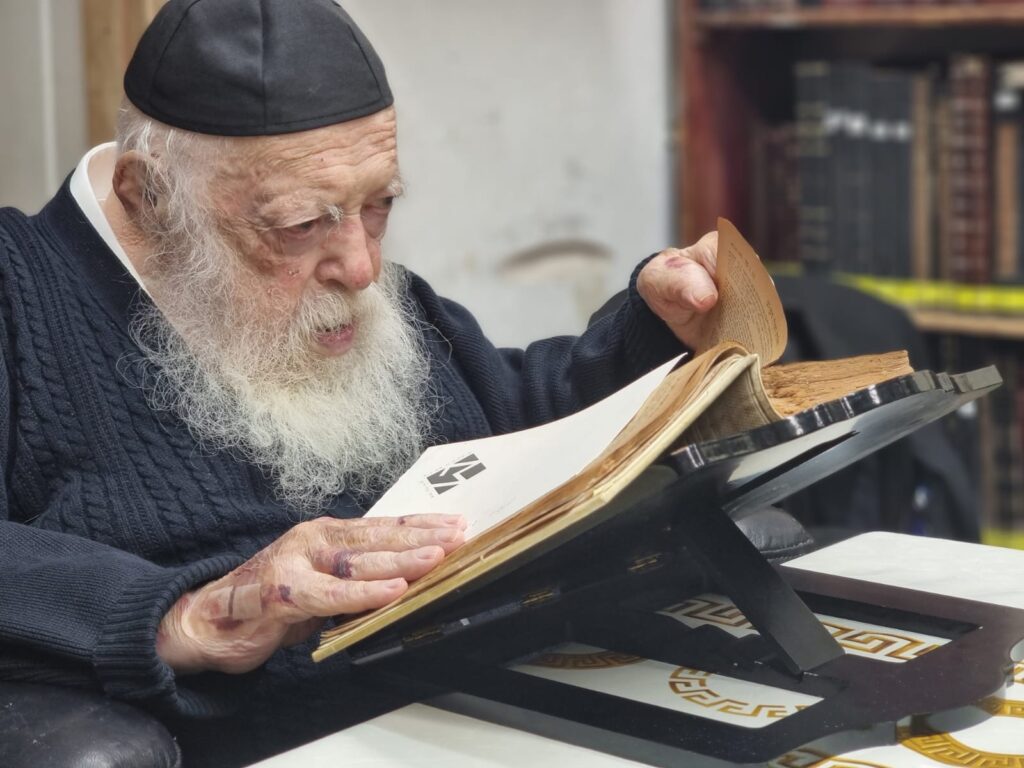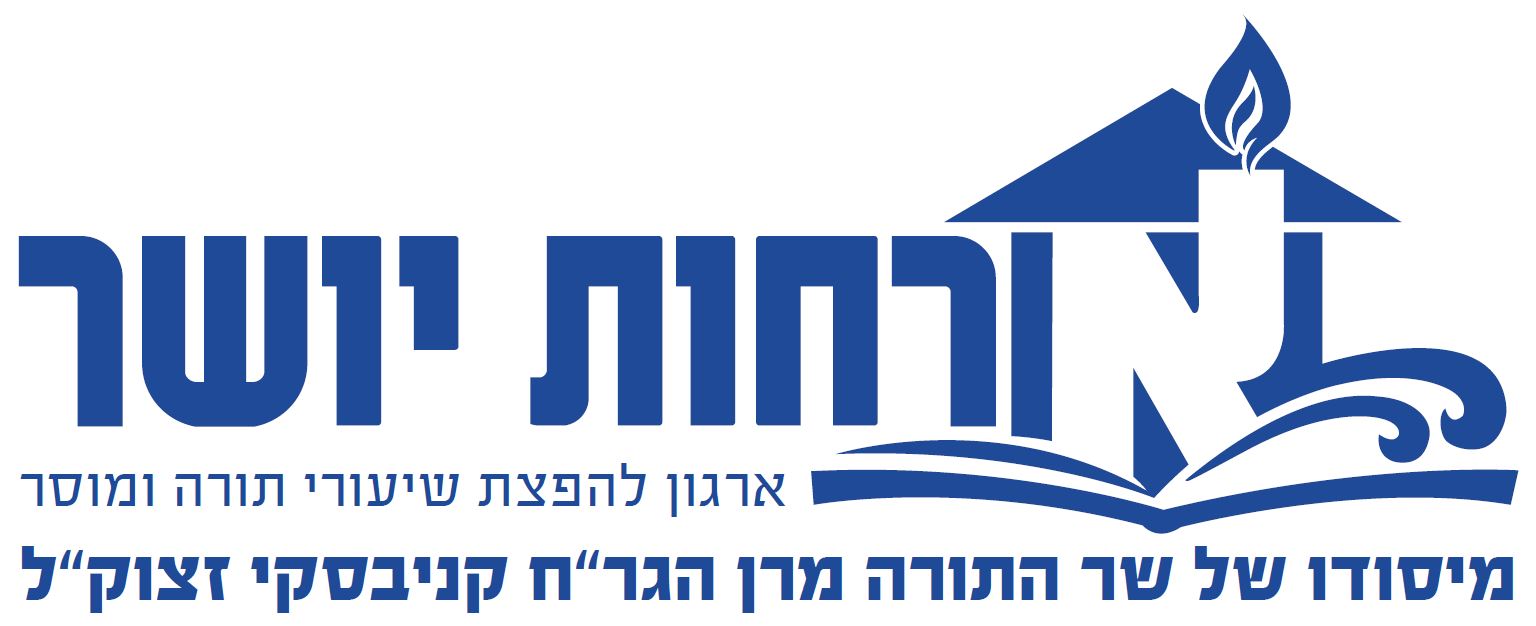
Maran Rav Chaim zt”l on The Bracha on Trees in Nissan
Ideally, the bracha on trees should be recited in Nissan. He should shy away from seeing fruit trees during Adar.
TWO TREES
The minhag is to try to be makpid to say the bracha on two trees and not just one. The rationale for it is that we have a safaik brachos here, and the language of the Gemorah in Brachos 43b is, “vechazi ilanei” – in the plural. Even though the Gemorah in Brachos 58a is plural in regard to saying a blessing over Gedolei Torah – there the Gemorah on 58b expressly says to do so – even on one Gadol BaTorah. But we have no such ruling regarding trees. Technically, there is no concern for a safaik bracha – but, since the Gemorah’s language is in the plural – it is best to look for two trees.
THE TYPES OF TREES
It seems from the Acharonim that one may make this blessing on Arlah trees as well, without a problem. In regard to grafted trees, look at the Biur Halacha in Siman 225. If he erroneously recited the bracha on fruitless trees (See MB 226:2), he should go back and recite the blessing on a fruit tree.
WOMEN AND CHILDREN
Women must recite this bracha as well. If a child is to be Bar Mitzvahed in mid-Nissan – there is no need to wait until his bar Mitzvah to recite it – he may do so even in the beginning of Nissan.
If a branch was flowering and was detached from the tree itself – a blessing is not recited.
If a tree was in a potted vessel – the bracha is still recited -even if there were no holes in the bottom of the pot – as trees do not require holes according to the Chazon Ish in sif kotton 221.
As far as Shabbos goes, our custom is to still recite it on Shabbos and not be concerned for borer or that perhaps he may pluck from the tree.
Even though the Mekuballim prefere to go outside the city because the wording in the Gemorah is HaYotzeh – our minhag is to recite it on trees inside the city limits.
Based on Shaarei Tzion Vol. I pages 3-5.
